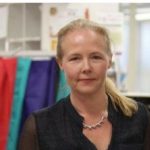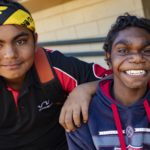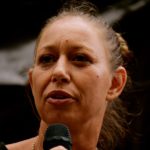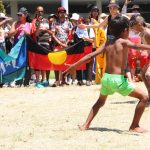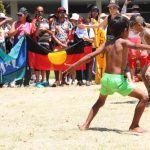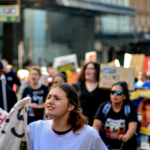Half of Child Detainees Are First Nations: An Interview With Change the Record’s Sophie Trevitt
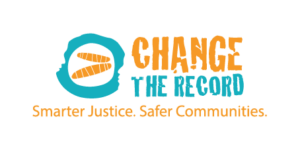
The Australian Institute of Health and Welfare released its Youth Justice in Australia 2018-19 report last week. The document outlines that over the last four financial years, the number of First Nations children being incarcerated or under supervision orders has stabilised.
However, Aboriginal and Torres Strait Islander youths continue to constitute around 50 percent of 10 to 17-year-olds held in youth detention centres or placed under court imposed supervision, while at the same time, they only make up 6 percent of the overall population in this age bracket.
The report came just days after the release of the SA Guardian for Children and Young People report, which found that while Aboriginal youths make up 5 percent of that state’s population under the age of 17, they constitute 34.2 percent of kids and youths placed in out-of-home care.
Change the Record points out that these figures highlight the link between child removals and future involvement in the criminal justice system. And the Aboriginal-led justice coalition further stressed the need for a First Nations-tailored approach to this highly biased set of circumstances.
In the time of COVID-19
Right now, the COVID-19 pandemic is upon us. And it’s common knowledge that detention centres are at a heightened risk of a serious virus outbreak. So, with around 50 percent of kids inside being Indigenous, continued youth detention during the crisis is very much a First Nations issue.
At the start of the pandemic in March, 43 percent of detainees in NSW youth detention centres were Aboriginal and Torres Strait Islander kids, while this month in the Northern Territory, 95 percent of incarcerated youths are First Nations children.
Change the Record has raised concerns about the number of Indigenous kids being locked up during this dangerous time, and it’s released seven key asks to ensure the safety of First Nations communities in general during the pandemic.
These recommendations include releasing inmates that are at an increased risk of contracting the virus and ensuring that their human rights are not violated, as well as shifting the focus from the punitive policy response being taken to COVID, as it will only lead to further numbers inside.
Raise the age
Change the Record is the nation’s only First Nations-led justice coalition, which includes a steering committee that involves ANTaR, ACOSS, the Human Rights Law Centre, NATSILS, Sisters Inside and the Australian Human Rights Commission.
Sophie Trevitt is the coalition’s executive officer. Based in Alice Springs, the solicitor works with kids in detention. And she has remarked that over her time in the Red Centre, she hasn’t been aware of a single non-Indigenous child being incarcerated in the Alice Springs Youth Detention Centre.
Sydney Criminal Lawyers spoke to Ms Trevitt about the dire need to raise the age of criminal responsibility in this country, recent disturbing reports of discriminatory COVID-19 policing in the NT and the link between out-of-home care and youth detention.
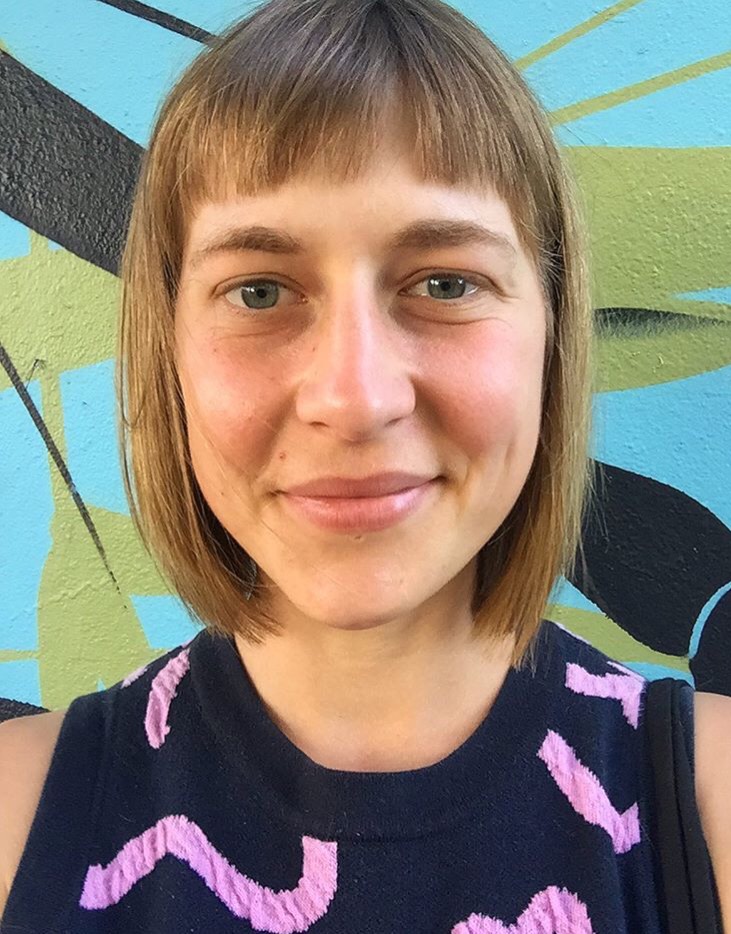
Firstly, Aboriginal and Torres Strait Islander youths make up around 50 percent of 10 to 17-year-olds in youth detention. But, at the same time, they only constitute 6 percent of the overall populace in this age bracket.
Sophie, how can we account for such a small portion of the general population making up such a large percentage of those in detention?
Discriminatory laws and policies that have been brought in by many governments have resulted in the overrepresentation of First Nations people and children within prisons and youth detention centres.
We know that Aboriginal and Torres Strait Islander children are taken away from their parents and families at far higher rates than non-Indigenous kids. This is often due to things like overcrowding, poverty and inadequate housing.
There is plenty of evidence that shows removing kids from their homes is traumatic, harmful and there’s a direct link between them being removed and then finding themselves in contact with the criminal justice system.
It’s one of Change the Record’s key objectives to break this cycle. The history of colonisation, and the laws and policies that have been put in place over time, have led to a situation where prisons have become warehouses for people who are experiencing poverty or homelessness.
There are high numbers of women who have survived family and domestic violence in correctional institutions and there are disproportionate numbers of people with mental and physical disabilities as well.
This is a travesty. The solution is not to continue with the same old law and order approach that isn’t working, as it’s been failing both Aboriginal and Torres Strait Islander people and the broader community.
Instead, we need to be investing in kids and young people and giving the power back to Aboriginal and Torres Strait Islander people in order to end the problem of mass incarceration.
How much does the policing approach to Aboriginal and Torres Strait Islander children and bias in the system contribute to this overrepresentation?
That’s definitely part of the story. Overpolicing and racial profiling are well documented across the country.
This results in Aboriginal and Torres Strait Islander children being stopped, questioned and arrested by police at far higher rates than non-Indigenous kids.
You might have seen recent reports from one of Change the Record’s member organisations, Amnesty, about what’s going on at Tennant Creek in the Northern Territory.
In Tennant Creek, we’ve seen police going into the homes of Aboriginal people to conduct head counts in response to COVID-19 public health orders. It’s difficult to imagine that happening to non-Indigenous families.
It’s fair to say that discriminatory policing is one part of the problem when it comes to the overrepresentation of Aboriginal and Torres Strait Islander people in prison.
But, there are lots of systemic factors as well. Inadequate housing means First Nations people often don’t have a safe and secure place to live.
There’s the ongoing history of colonisation and dispossession. This has left First Nations people with trauma, which is still very much real and felt today.
We have an education system that’s failing to tell the truth about Australia’s history, and First Nations people’s culture and language, which means that young people are more likely to disengage or get in trouble, pushing them out of school.
The fact that state and territory governments are locking up children as young as 10 years old is just setting up kids to stay in the criminal justice system, instead of supporting them to fulfil their potential.
As you mention, children as young as 10 can be sent to prison in Australia. Change the Record asserts that the age of criminal responsibility must be raised. How do you propose these laws are changed?
No 10-year-old child belongs in prison. Ten-year-olds should be at home with their parents, at school, or playing with their friends.
Change the Record is part of a national campaign of legal, health and human rights organisations that are urgently calling on state and territory governments to raise the age of criminal responsibility from 10 years old to at least 14.
It’s our view that there’s really nothing standing in the way of this happening, except for political will. Every state and territory has the power to pass legislation that makes the minimum age of criminal responsibility 14.
For example, in the ACT, it wasn’t until the year 2000 that the age of criminal responsibility was raised from 8 years old to 10 years old. And in Tasmania that same year, they raised the age from 7 years old to 10 years old.
They’ve made these changes before, when we’ve recognised that it’s been out of line with modern, humane societies.
And it’s out of line with all of the medical evidence to push extremely young children into the criminal justice system. Now is the time to listen to that evidence and to raise the age again.
The 2019 Productivity Commission report outlines that in June 2018 there were 17,787 First Nations children in out-of-home care nationwide. This means Aboriginal and Torres Strait Islander kids made up 39 percent of youths in state care.
How do we account for such large numbers? And as you’ve already touched upon, there’s a link between being placed in care and later involvement in the criminal justice system, can you elaborate on that?
There is a strong correlation between children being removed from their homes and then being in contact with the criminal justice system.
We know that children need to be connected to family and community, and particularly Aboriginal kids need to be connected to country and culture.
So, removing kids unnecessarily causes real risk to them and to their overall wellbeing and sense of self, family and community.
It is Change the Record’s view that supporting Aboriginal and Torres Strait Islander children to grow up strong in their communities and culture is at the heart of what all of our efforts towards justice must look like.
We’re calling on the federal government to put the voices of Aboriginal and Torres Strait Islander children and communities at the forefront of policy-making and policy delivery.
For too long, we’ve seen government interventions that haven’t been led by Aboriginal people, and they’ve overwhelmingly failed. And what we know is that Aboriginal and Torres Strait Islander people know their communities best.
They want and need to have self-determined solutions that build on the strength of their communities and support their families, with things like housing, tackling poverty, closing the health outcome gap and providing the sort of programs that they identify are going to help families prevent family violence and keep kids with family, on country and in their communities.
What would you say it means to have the government of a nation like Australia continuing to remove such large numbers of Indigenous children from their families, as well as incarcerating such disproportionate numbers of them?
I’m speaking as a non-Aboriginal person. I’m an ally in this fight for justice. This question would be much better answered by an Aboriginal person.
But, to me, the fact that successive governments, and governments of all levels, continue to take First Nations kids from their families and lock them up in these detention centres and prisons, shows very clearly that the colonial project is ongoing.
The colonial history of this country is not going to be over until we have real justice for First Nations people – that means justice on First Nations’ terms.
And lastly, Sophie, over the time of COVID-19, there’s been a lot of focus on what’s been happening with prisons, or rather the lack of response from government in regard to the plight of inmates.
But, not so much has been heard in relation to young people in detention. What has been happening to youth detainees? Has there been any special measures taken?
We’re presently calling on state, territory and Commonwealth governments to take action to release Aboriginal and Torres Strait Islander prisoners who are low risk, have chronic health conditions, are on remand, are elderly or are children.
Children never belong in prison. But, particularly, not now in the context of a global pandemic, which is extremely stressful and frightening for everybody.
It’s extremely stressful for these kids to be locked up during this crisis, and also for their parents and families to be separated from them.
We’re really concerned that if children and young people are not released from youth detention centres, then they face the risk of COVID-19 spreading, and we know that closed environments, like these centres, are hotspots for transmission.
But, we’re also worried that these kids will be subjected to harsher conditions, like separation and isolation in their cells, as well as other restrictions designed to reduce the risk of COVID-19 spreading.
This poses a different type of threat to these young people. It’s a threat to their mental health and wellbeing, while they’re being held in these institutions.
As far as we know, no state or territory government has taken any steps to release children from youth detention centres.
This is really concerning, because while restrictions are easing for some of us in the community, the threat of COVID-19 remains a very real risk to people in prison, particularly Aboriginal and Torres Strait Islander children.
We continue to call on government to show leadership and take action now to prevent the risk of COVID-19 itself, but also to halt any of those associated harms.


